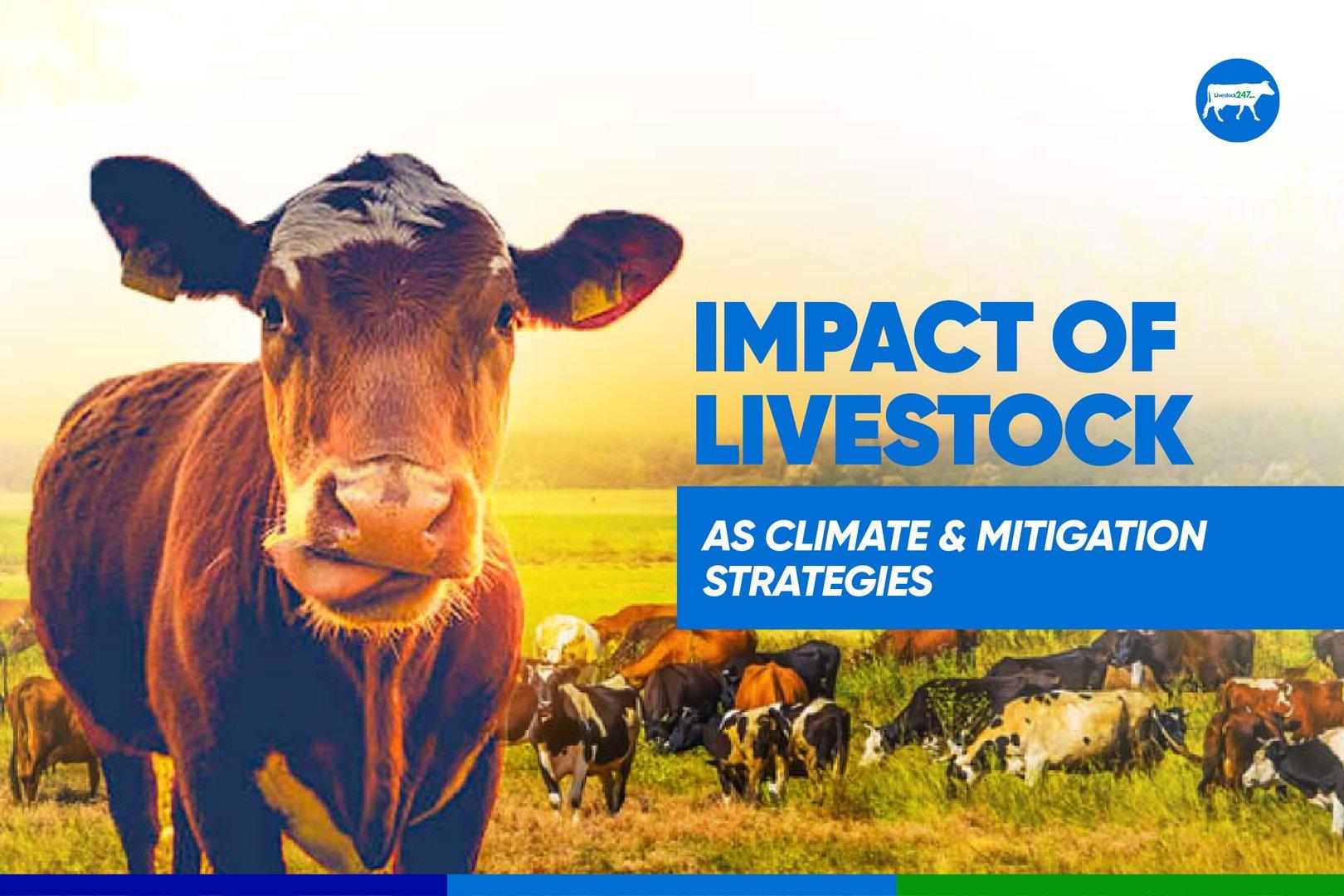Livestock247 - Impact of Livestock as Climate and Mitigation Strategies
The stakes in the complex dance between livestock and climate change are high, and the solutions are numerous. Livestock, which contributes significantly to greenhouse gas emissions, poses environment

The stakes in the complex dance between livestock and climate change are high, and the solutions are numerous. Livestock, which contributes significantly to greenhouse gas emissions, poses environmental challenges, including methane-producing digestive processes and deforestation. However, a careful examination of mitigation strategies reveals a path towards long-term coexistence.
The impact of livestock on climate and the potential mitigation strategies are complex and multifaceted. Here's a breakdown:
Livestock emits a significant amount of greenhouse gases, accounting for approximately 14.5% of total anthropogenic emissions. Ruminant animals, such as cows and sheep, generate methane (CH4) through enteric fermentation (digestion) and manure storage and decomposition. Nitrous oxide (N2O) is also emitted from manure applied to soil and feed production, particularly nitrogen fertiliser. Methane has 28 times the warming potential of CO2 over a 100-year period, whereas N2O has 265 times the warming potential of CO2. Asides that, Clearing forests for grazing and feed production contributes to deforestation and releases stored carbon into the atmosphere. Livestock production also consumes a lot of water, especially in arid regions. Intensive livestock farming can harm ecosystems and threaten biodiversity.
Optimising feed composition and waste reduction can help to reduce methane emissions from enteric fermentation. Examples include the use of legumes, additives, and precise feeding methods. Proper manure management can significantly lower methane and nitrous oxide emissions. The strategies include anaerobic digestion, composting, and covered lagoons. Choosing animals with lower methane emissions or higher feed efficiency can help reduce the environmental impact of livestock production. Planting trees and shrubs in grazing systems can help store carbon, improve soil quality, and reduce methane emissions.
Challenges and Considerations:
🌦️ Food Security: Balancing climate mitigation with food security is crucial. Transitioning to alternative protein sources or reducing meat consumption needs to be done thoughtfully to ensure adequate nutrition for all.
🌦️ Economic Impacts: Mitigation strategies can have economic implications for farmers and the food industry. Providing financial support and incentives for adopting sustainable practices is essential.
🌦️ Global Collaboration: Addressing the climate impact of livestock requires international cooperation and knowledge sharing to develop and implement effective strategies.
Finally, addressing livestock's environmental impact requires a multifaceted approach that takes into account both emission reduction and food security. We can move towards a more sustainable food system in the future by implementing a variety of mitigation strategies and investigating alternative protein sources. In light of the complex interplay between livestock and climate change, a comprehensive strategy is required. By implementing a combination of mitigation strategies and investigating alternative protein sources, we can pave the way for a more sustainable and resilient food system in the future. The challenges are significant, but the potential benefits to the planet and its inhabitants justify the journey.
Deborah Dairo
Deborah Dairo is the content strategist for Livestock247
No comments yet. Login to start a new discussion Start a new discussion